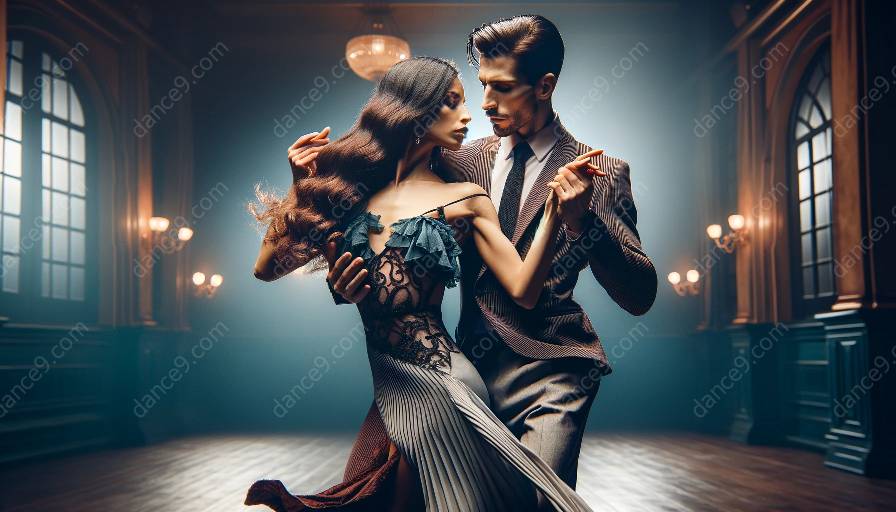Kizomba dance is not just about movements and steps; it's a form of expression that conveys a range of emotions and tells captivating stories through its fluid and sensual movements. In this article, we'll delve into the beautiful connection between emotions and storytelling in Kizomba, exploring how this dance form captivates audiences and creates compelling narratives.
The Expressive World of Kizomba
Kizomba, a partner dance form that originated in Angola, is renowned for its connection, sensuality, and intimate embrace. The dance is characterized by smooth, flowing movements and close physical contact between partners. Kizomba is not only about technical steps; it's a dance that invites individuals to express their emotions, vulnerabilities, and passions.
The Connection with Emotions
Emotions play a pivotal role in Kizomba, as dancers use their movements to express a wide range of feelings, such as love, longing, joy, and sensuality. The dance provides a platform for individuals to convey their innermost emotions through subtle gestures, body language, and the connection they establish with their partner.
Body Language and Expression
In Kizomba, body language is a key component of emotional expression. Dancers use their bodies to communicate feelings, creating a mesmerizing display of emotion through fluid movements, gentle hip sways, and subtle shifts in posture. The dance allows individuals to reveal their inner narratives and experiences through non-verbal communication, establishing a powerful connection with their partner and the audience.
The Art of Storytelling
Storytelling is ingrained in the essence of Kizomba. The dance offers a platform for individuals to weave captivating stories through their movements, creating a narrative that resonates with both the dancers and the onlookers. Each step in Kizomba can be seen as a word in a story, forming a tale that captures the essence of human emotions and experiences.
Interplay of Emotions and Movements
Through its graceful and emotive choreography, Kizomba allows dancers to engage in a profound storytelling experience. The subtle interplay of emotions and movements enables the conveyance of intricate narratives, portraying moments of love, heartache, passion, and vulnerability. As dancers immerse themselves in the movements, they become storytellers, expressing raw emotions that captivate and resonate with the audience.
The Importance of Connection
Connection is a cornerstone of Kizomba, and it goes beyond physical touch. The dance fosters a deep emotional and spiritual bond between the partners, creating an environment where storytelling through movement becomes a shared experience. The connection established during the dance allows emotions to flow seamlessly between partners, resulting in a harmonious portrayal of the narrative being conveyed.
The Role of Music
Music holds a significant place in Kizomba, setting the emotional tone and providing the soundtrack for storytelling through dance. The rhythm and melody guide dancers as they express their emotions, infusing their movements with the soul-stirring essence of the music.
Bringing Emotions to Dance Classes
Dance classes dedicated to Kizomba not only focus on the technical aspects of the dance but also emphasize the importance of emotional connection and storytelling. Instructors guide students to embody the emotions portrayed in the music and movements, nurturing a deep understanding of the storytelling aspect of Kizomba. Through attentive coaching and immersive experiences, dance classes enable individuals to express their emotions and convey stories through their dance, fostering a profound connection with the dance form.
Conclusion
Kizomba dance seamlessly intertwines emotions and storytelling, offering a unique platform for individuals to express their innermost feelings and create compelling narratives through the art of movement. The dance form's ability to convey profound emotions and weave captivating stories enriches the experience for both dancers and onlookers, making Kizomba a mesmerizing journey into the expressive world of dance.













































































